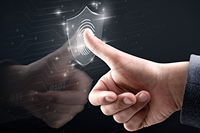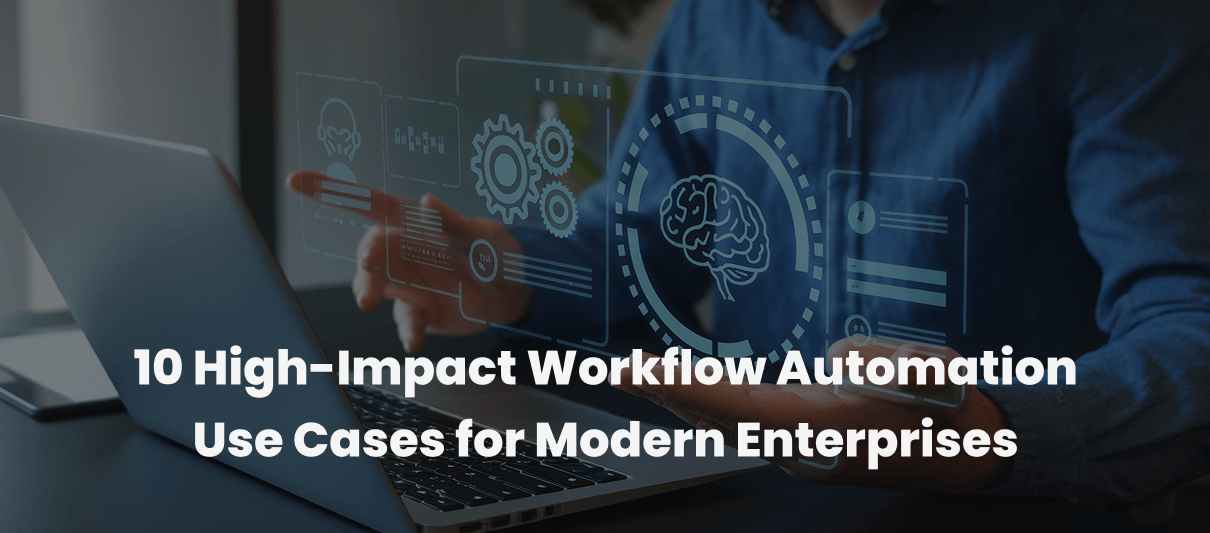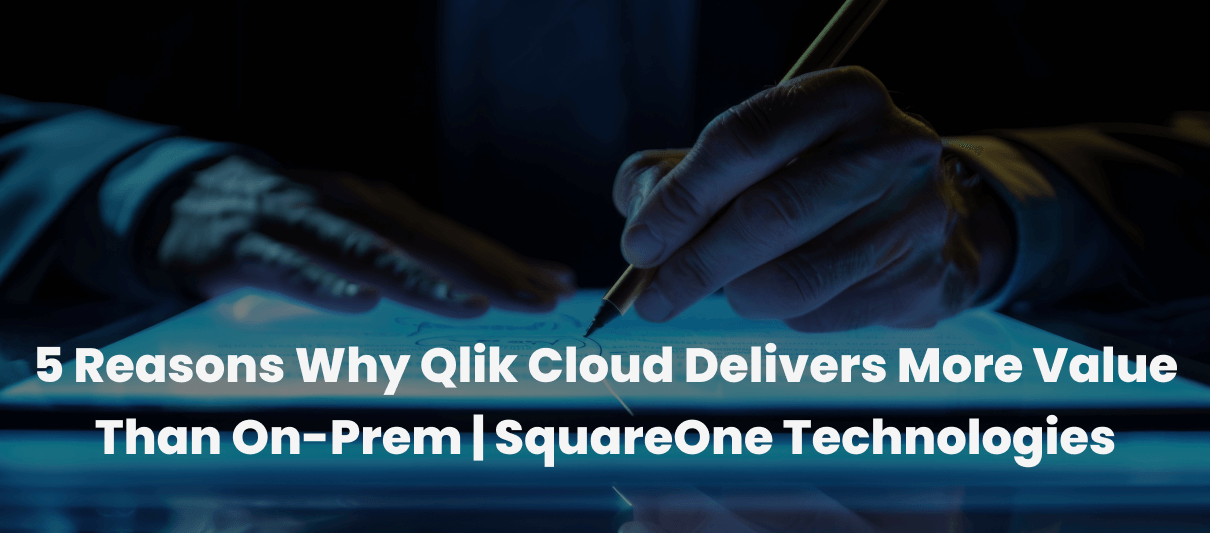A Complete Guide to Next-Gen Identity Verification: How It Works and Why It Matters
Introduction
A major fraud involving $500,000 shocked the Australian superannuation funds due to the inefficiency of knowledge-based verification, owing to compromised login details (repeated and weak passwords). In fact, according to Pindrop’s report, fraudsters have passed 92% of the KBA (Knowledge-Based Authentication) questions, whereas genuine users have struggled to reach 42%. As KBA has proven incompetent in 2025, the next revolutionary step is next-gen identity verification solutions.
This blog is a walk into the horizon of new technologies and tools of next-generation identity verification that secure information from data breaches and identity theft. It travels along by exploring how next-gen ID verification works and its importance while explaining its use cases.
What is Identity Verification?
It is the process of verifying the authenticity of a person’s claimed identity in order to access any resources (place, data, or service) to which they are entitled. This is a crucial process adapted to mitigate identity fraud that may lead to dire consequences. However, legacy identity verification (ID) methods have failed to protect data due to the accelerating technological advancements in cyberattacks. Next-gen ID verification techniques are far beyond just identification; it’s about authorising the right person by recognising their unique traits.
How Does Next-Gen Identity Verification Work?
Each type of next-gen verification works uniquely. However, the ultimate process involves scanning, verifying, authenticating, and validating a user’s identity. It is essential to comprehend each method and its function in order to know the maximum protection they offer.
1. Biometric Authentication:
Biometric authentication is the most preferred identification method due to the easily available scanning technologies and its accuracy in detecting the unique traits of the person.
Facial Recognition:
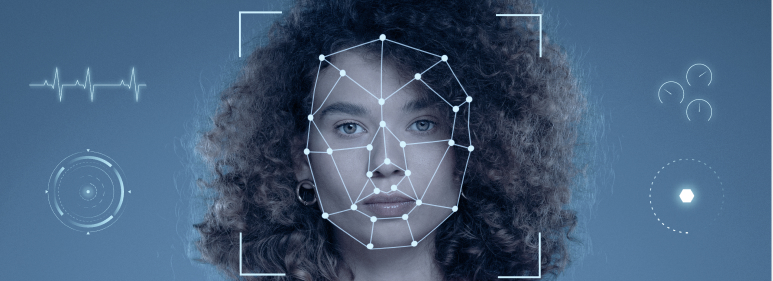
The scanner recognises the facial features and verifies them with the updated user’s photos in the database. Then, it confirms the authenticity of the person. It is easily accessible on phones, laptops, and any system that contains a camera.
Fingerprint Scanning:

Just like facial scanning, fingerprint scanning is widely used to detect the user’s original fingerprint given during the security setup process. It can easily provide access to users, especially if they are using a phone with a fingerprint scanner. This is commonly accessible on phones, tablets, laptops, etc., offering an efficient and reliable way of confirming identity.
Voice Recognition:
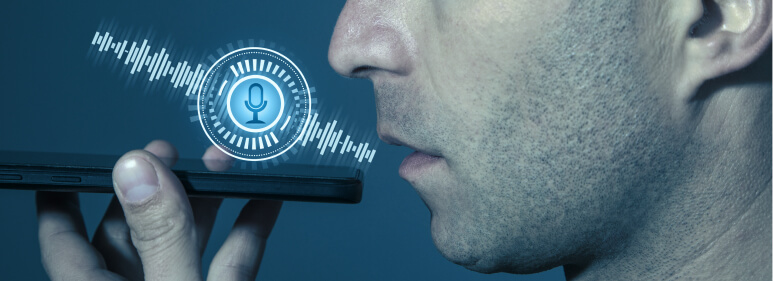
This method of identification is very precise in terms of recognising vocal characteristics such as tone, accent, cadence, dialect, speech pattern, and pitch. Even if fraudsters try to imitate the user’s voice using AI, the recognition tools quickly reject the access and alert the user if the voice does not reflect humane characteristics unique to the legitimate user.
Iris or Retina Scanning:
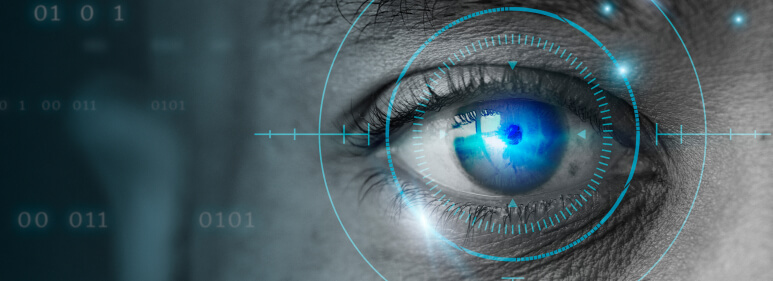
As a step ahead of all the other methods, iris or retina scanning cannot be dodged by any fraudulent techniques. As a result of its absolute demand for authenticity, these methods use the unique patterns in an individual’s eyes to verify identity. This is one of the most secure forms of biometric authentication.
2. Liveness Detection
As an extension of biometric verification, this method brings security one step closer to perfection. Fraudsters may try spoofing with deepfakes, photos, videos, masks, or other proofing techniques. In the worst scenarios, the fraudsters can use the unconscious user’s face for recognition. Programming a liveness detector in your biometric systems can request the user to perform certain movements to certify that the user is an actual person and is in a conscious state. Similar kinds of recognition is used for other biometric recognitions. For instance, in fingerprint scanning, the system will check the electric force in the body and heat the body to detect its liveliness.
Methods Used to Detect Liveness:

- 3D Depth Mapping: Analysing and scanning the depth of the finger, face, iris, or any biometric feature to detect the real person or 2D resource.
- Blink Detection: The system would demand the user to blink three times or make any facial expression or movement to verify the liveliness and authenticity of the claimed identity.
- Voice Commands: Some systems may demand the user to utter a phrase or to have a conversation to verify.
3. Artificial Intelligence and Machine Learning:
With access to vast amounts of data, ML algorithms, and identity patterns, AL and ML detect suspicious patterns, help authenticate identities, and detect anomalies in real time.
It detects fraud by analysing unusual behaviour, such as logins from strange devices, locations, etc. By notifying and verifying these activities with legitimate users on their other devices, AI and ML minimise unauthorised access, identity theft, and data loss.
Even if the fraudsters manage to forge the security system, it is impossible to attain any information, as AI and ML can adjust its authentication based on the person’s role, time of login, device type, IP address, and geographic location. Along with the continuous authentication method, AI and ML provide ultimate protection to the user’s identity and data, making identity verification smarter and more adaptive to emerging threats.
4. Document Verification
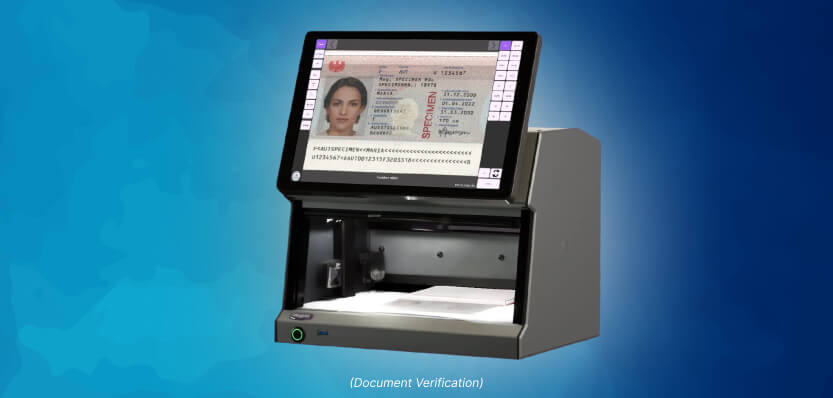
Government-issued documents are a crucial factor of verification that validates a person’s identity in every important process. However, forging documents has been a norm for the fraudsters to attain easy access to the resources and facilities that are entitled to the legitimate users. Manual document verification is no longer sufficient to spot the advanced fabrication of the original documents. Therefore, concerning the reliability of the documents and accessibility of the users, organisations have adapted to document verification solutions.
Document verification solutions rely on specific software and devices that are built exclusively to assist the human agent in the certification process. It initially starts scanning the submitted documents, verifying them across the database, like global sanctions, PEPs (Politically Exposed Persons), and AML (Anti-Money Laundering) databases and other digital resources, scanning their unique QR codes in the document, and authenticating them to grant access. AI-powered optical character recognition (OCR) extracts and validates data, and advanced fraud detection checks for tampering, holograms, and other security features.
After all of these verifications, the human agents manually analyse the results of the identification, and if there exist any unusual or suspicious scenarios, they plunge into action. Therefore ensuring a double-layer security check.
5. Behavioral Analytics
This method is far advanced, as it tracks the minute behavioural patterns of the user to detect intruders. Typing speed, mouse movements, or the way the phone is handled, etc., are some of the unique behavioural patterns that are tracked and altered. It also analyses and compares the methods in which someone interacts with their phone or tablet (e.g., swiping patterns, touch pressure).
It continuously monitors for anomalies without disrupting the user experience. Even if the intruders manage to breach the system, this method efficiently protects the system from data loss before it’s too late. It efficiently evades identity theft, synthetic fraud, and account takeovers.
6. Two-Factor (TFA) and Multi-Factor Authentication (MFA)
This is a well-known and robust security method that is used in day-to-day life. By verifying access using two or more methods of authentication, fraudsters are left with the difficult step of attaining an authentication passcode or access to the system from the original user. Users are heavily advised not to grant access to alien users or share OTPs or passwords with anyone.
Multifactor authentication involves :
- Alter email
- OTP in preferred device or email
- Security Questions
- Hardware Tokens
- Code sent via SMS
- USB Security Keys
- PIN/Password
In next-gen identity verification, these methods are combined with biometrics to increase security further.
All these methods have proved efficient compared to legacy identity verification systems. They provide a multi-layer and rigid verification process that accurately filters suspicious activities and alerts legitimate users. These technologies and tools are paramount in various sectors and functions.
Curious about identity verification? Check out our Partner’s page.
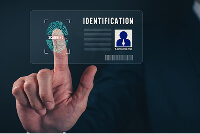
Use Cases of Next-Gen Identity Verification:
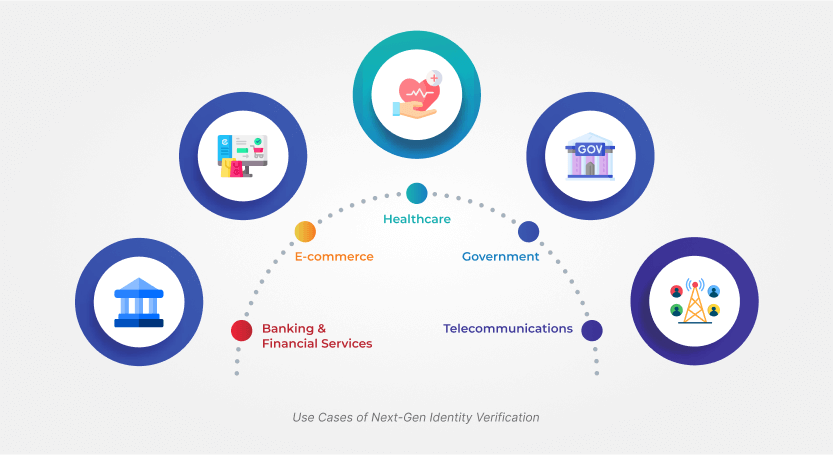
1. Banking & Financial Services:
Customer Onboarding: For KYC (Know Your Customer) and AML (Anti-Money Laundering) compliance, verifying real-time documents and facial recognition is mandatory while remote onboarding.
Credit Scoring: Regions without credit scoring histories like credit bureaus (FICO, Equifax, TransUnion), bank statements, or loan histories will be offered an alternative verification through next-gen identity verifications. Therefore, they can be eligible for loans, insurance, and banking services.
Fraud Prevention: AI-powered fraud detection that uses behavioural biometrics to assess user activity for unusual behaviour, synthetic identities, and deepfakes.
Transaction Security: While accessing financial applications and transacting money or any equivalent, the system demands MFA like fingerprint, facial recognition, or a passcode in order to verify the user’s identity.
2. E-commerce:
Age Verification: In order to restrict purchases like alcohol, adult content, gambling subscriptions, and tobacco, e-commerce websites and applications verify the user’s age for compliance purposes through document verification and biometric identification.
Fraudulent Account Detection: Through MFA, AI, ML algorithms, and biometrics, users and organisations can be protected from fraudulent transactions, bot-driven scams, and fake accounts.
3. Healthcare:
Permission to Restricted Space: Doctors, nurses, and other healthcare staff are granted access to various hospital sectors and wards through biometric scanning. This system helps track who enters these spaces and ensures unauthorised individuals are restricted from accessing highly confidential areas.
Patient Verification: While admitting the patient (non-emergency cases), the patient’s digital ID is reviewed for verification, which can be helpful for claiming health benefits, insurance, and telehealth platforms.
HIPAA Compliance: This helps to secure access to medical records via digital signatures, biometrics, and secure login methods for healthcare providers.
4. Government:
Voting: Registering voters’ IDs through biometrics and digital document scanners to prevent duplicate or fake identities.
Digital IDs: Countries with the largest digital ID systems, like India, Singapore, and Estonia, heavily rely on digital IDs like Aadhaar, e-Residency/ID-kaart, and Singpass. With the help of biometrics and digital IDs, citizens can access all government services and welfare programs.
Border Control: Automated and faster biometric and passport verification to identify and secure border security and tourism for immigrants and tourists.
5. Telecommunications:
SIM Card Registration: Misuse of SIM cards in the original user’s name to commit fraud can be evaded by using automated ID scanning and biometrics for verification.
Account Security: Unauthorised access to telecommunication services such as:
- Telecom account online or via app
- SIM card management features
- Personal info tied to mobile/phone services
- Call or data plans
- Device- or number-related services
This can be mitigated through biometrics (liveness detection), as well as TFA and MFA forms of verification. E.g., biometric scanning to access phones, UPI transactions and applications.
Sectors like aviation, education, travel & hospitality, gaming and online communities can utilise these advanced security technologies to provide robust protection to their resources and customers.
Engaging trivia:
Do you know? Your face can act like an ID or passport. For instance, in Singapore’s Changi Airport, travellers can board flights with just a facial scan – no passports required!.

Why Does Next-Gen Identity Verification Matter?
1. Regulatory Compliance:
All of these next-gen identity verifications meet regulatory compliances such as GDPR, CCPA, AML, and KYC requirements. It automates all the processes till reporting, therefore reducing manual effort and error. This ensures that businesses stay compliant and avoid fines.
2. Improved User Experience:
This technology has drastically simplified most of the verification process for the users, as they can elude standing in long queues, handing over multiple hard copies, and waiting for a reply from the officers. Through this process, they can verify any authentication process in a comfortable location through their own unique bio-elements and digital documentation. This provides ultimate comfort for the users compared to other methods. It offers faster, automated checks or manual reviews while detecting accurate approvals.
3. Cost Efficiency:
Any fraudulent crimes like cybercrime, theft, etc., are expensive to cover. By installing such groundbreaking innovations, organisations and customers can mitigate huge financial losses, and these security systems attract more customers and investors, which will boost the revenue of the organisation. As these systems are scalable, the organisations need not worry about the cost that could be spent for scalability.
4. Future-Proofing Businesses:
As they are programmed for continuous learning, they can adapt to evolving cyber threats and the manipulation of the original copy. It also adopts any new changes in the regulatory instructions. It will support Web3, DeFi (Decentralised Finance), and metaverse applications, which are considered the future of identity verification.
Future Trends in Identity Verification
- Decentralised Identity (DID)—Users own their data
- Mobile-first identity systems (smartphone-based IDs, mDLs)
- Identity verification for Metaverse/Web3 environments
- Privacy-first solutions (zero-knowledge proofs, PETs)
- Blockchain-based IDs and verifiable credentials (VCs)
- AI-powered continuous Authentication—Real-time risk scoring
- Quantum-Safe Cryptography—Protection against future hacks
SquareOne: Your Partner in Verification
SquareOne has been revolutionising the digital realm, leveraging groundbreaking innovative solutions. By partnering with Regula, SquareOne offers next-gen identity verification solutions that have been mitigating the customers from digital fraud and document manipulation. Embark on your journey towards a secure future with SquareOne.
Final Word:
Being resilient to every form of threat is the most basic standard and the highest selling point of every organisation in today’s fraud-ridden situation. Adopting groundbreaking and robust security setups like next-gen identity verification services will guard the organisation and its stakeholders from costly data loss, data manipulation, identity theft and financial fraud. Ultimately, it secures the future with a compliant and audit-ready ecosystem.


